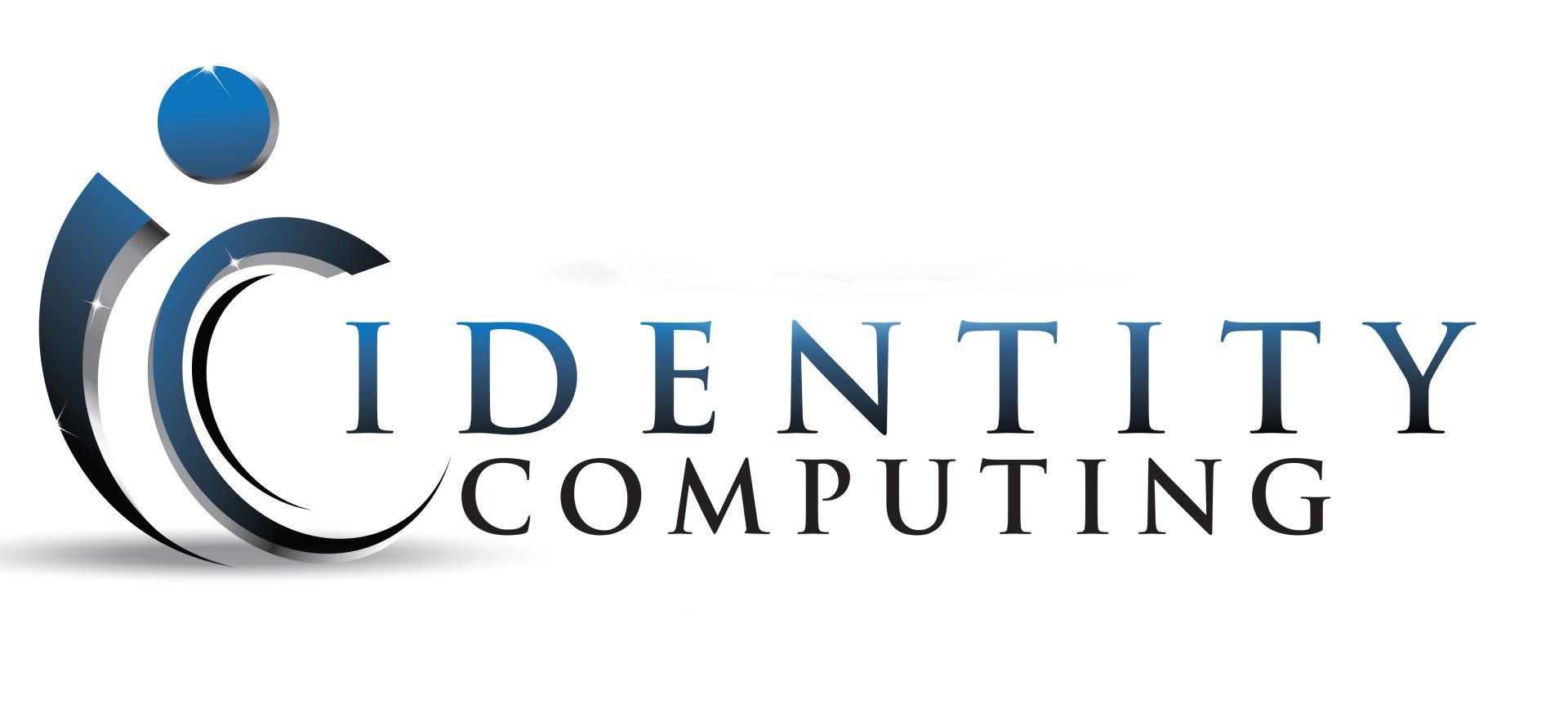All businesses should be prioritising cyber security. They should all put plans in place like risk management policies and ensure their staff are educated on their content.
Today’s cyber threat landscape is extremely challenging, and it’s only getting more complicated as new technologies become mainstream.
That’s why we’ve put together 7 steps to implement that will help keep you’re technology secure.
PROTIP: Cybersecurity protects systems, networks, and programs from digital attacks.
1. Network Security
You need to protect your networks from attack. There are plenty of programs available to defend your network and filter out unauthorised access and malicious content. Once the right software is installed you’ll need somebody to monitor and test it. This is when IT professionals are often hired.
Network Security is a huge area and it can take many years to get an in-depth grasp of its concepts. If you’re running a very small business you might not need a professional but as you scale up your business and hire employees it would be a good idea to protect yourself. The more valuable your business, the more valuable its data is to hackers.
2. User Education and Awareness
Make sure your team knows your security policies and let them know what is an acceptable and secure use of your technology systems. Keep them updated with any changes and ensure teaching these processes is a step in your team training.
3. Malware Prevention
Malware is a constant threat to all computers, but there is no shortage of security programs to deal with them. Produce relevant policies and establish anti-malware defences across your organisation.
Don’t install any programs you’re not highly confident about as this is an easy way for malicious code to be snuck into your network. If you are unsure what makes a program trustworthy that’s a good sign that you should hire an IT professional.
4. Removable Media Controls
Removable media is any form of computer storage that is designed to be inserted and removed from a system, such as USB flash drives. Limit the usage of these devices as much as possible and ensure all media is scanned for malware before making a copy of it on your system.
You should create a policy controlling access to removable media. These devices can easily be used to steal data or install malicious code. Social engineers are types of con artists who have many strategies for tricking people into plugging USBs into their company computers. A good IT professional will know a lot about their typical tricks and how to best avoid them.
5. Apply Patches
It is important to apply security patches to ensure your system is not vulnerable to any new exploits that hackers have found.
Malicious people are always looking for flaws in systems and sometimes when they are found they become widely distributed knowledge. This means that the software companies are able to provide ‘patches’ for these security holes. However, if you don’t install the patch it’s easy for intruders to find these now widely known pathways into your system.
6. Manage User Privileges
You should make sure that every different person with access to the system has a different user account and that employees never share their passwords. Limit user privileges so that you assign everyone the minimum amount of access you can while still making it possible to do their jobs. Remove access to your system for all former employees as soon as possible.
These types of processes make it easier to monitor user activity. This means if anything bad happens to your system you’ll have an idea of who was responsible. If you have a lot of employees or no spare time you may need some help in getting these accounts and permissions set up securely.
7. Incident Management
Establish incident response and disaster recovery strategies. This will usually involve regular backups, updated regularly and kept in multiple secure locations. You will want to tell your staff about what to do if a disaster happens with their data. This will usually involve contacting a specific person who knows how to restore or repair a broken system.
Of course, you won’t want to tell staff where all your backups are located in case they decide to destroy them all. On that note, you should report criminal incidents to law enforcement.



